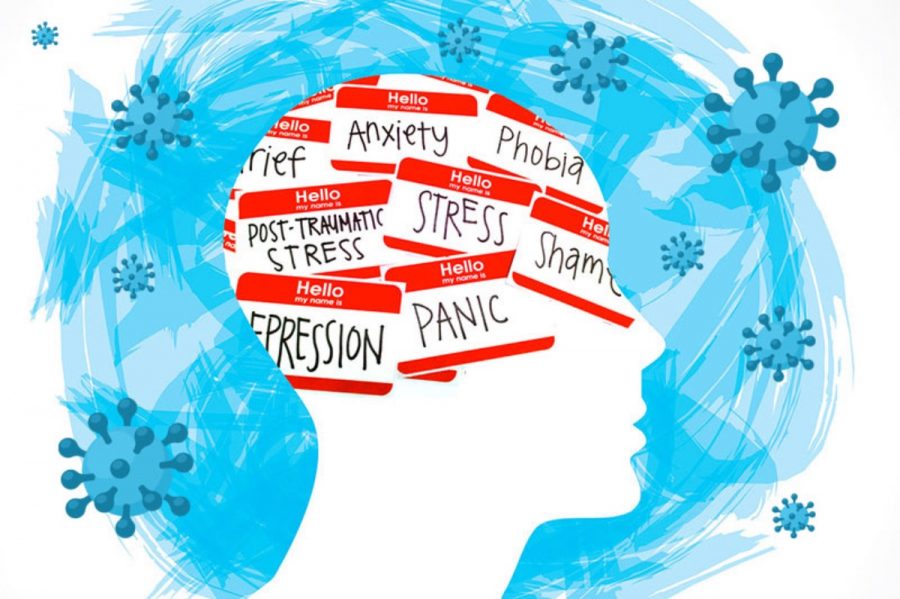Mental health in isolation
How COVID-19 is affecting those with ADHD
More stories from Grace Olson
Photo by Submitted
“Mental health in isolation” will highlight a different mental illness or disorder each week. Specifically, how someone with the mental illness may be impacted during the COVID-19 pandemic.
Although I do not have all of the mental illnesses I will be discussing, the goal of this column is to raise awareness on each illness and how people who have them are being affected.
This week I wanted to talk about attention-deficit/hyperactivity disorder or ADHD. According to the Centers for Disease Control and Prevention, “ADHD is one of the most common neurodevelopmental disorders of childhood.”
Children with ADHD might struggle to pay attention, to control impulsive behaviors or may be overly active, the CDC said.
There are three different types of ADHD, according to the CDC. There is predominantly inattentive presentation, where the individual finds it difficult to organize or finish a task, pay attention to details or follow instructions.
The second type is predominantly hyperactive-impulsive presentation. Here, the individual may fidget and talk a lot. The individual will feel restless and have trouble with impulsivity, said the CDC.
The last type of ADHD is combined presentation. This is when the symptoms from both above types are equally present in the individual.
According to the National Institute of Mental Health, researchers do not know what causes ADHD, but there are several risk factors. Genes, cigarette smoking, alcohol or drug use during pregnancy, exposure to environmental toxins during pregnancy at a young age, low birth weight and brain injuries can contribute to ADHD.
Because of COVID-19 many students have had to adapt to a complete online education.
According to the CDC, it is especially important for children with ADHD to move around and get physical activity and sitting in front of a computer screen for hours doesn’t easily allow this.
Many parents have tried homeschooling their children for safety concerns, but this isn’t easy either.
People with ADHD also often get bored easily. According to the CDC, “Virtual or in-person learning with more rules may lack the novelty and excitement that keep children with ADHD from being bored and keep them engaged in learning.”
Children and Adults with Attention-Deficit/Hyperactivity Disorder is an organization “founded in response to the frustration and sense of isolation experienced by parents and their children with ADHD,” according to their mission statement.
CHADD provides resources to help parents understand their child’s ADHD and guidance for adults who have ADHD.
On the CHADD website, there is a page filled with tips for those who have to suddenly switch to online learning at home. Here are a few:
– Read every day for about 20 minutes. This will allow the individual to learn how stories flow and about people other than themselves.
– Write stories, letters or notes.
-Continue to practice math. You can use Kahn Academy, computer math games, time tables etc.
-Use a planner to keep track of school work and other life tasks.
ADHD has its challenges all time of the year and COVID-19 has made life difficult for everyone, but it’s important to remember everyone’s unique life situations.
To help with these challenges, Best Colleges has developed a free resource to help college students with ADHD navigate the already difficult struggles of ADHD.
Now is a time for understanding and patience not only for other people, but for yourself. Listen to what your body and mind are telling you and give them what they need.
Olson can be reached at [email protected].











